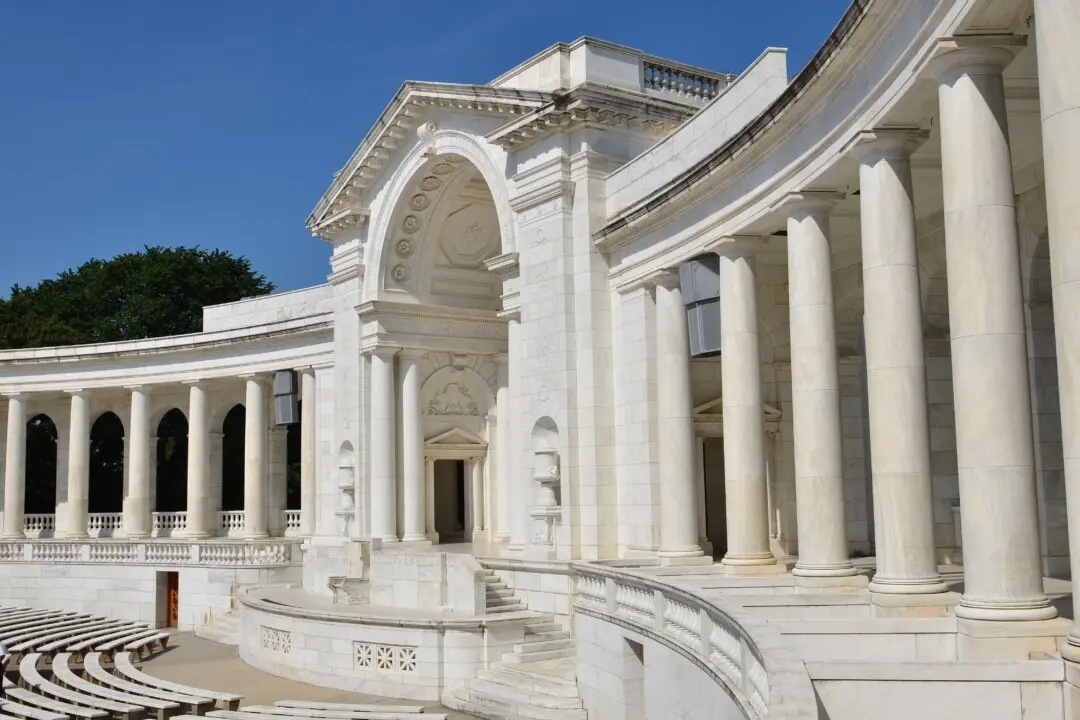Italian sculptor Donatello worked at the dawn of the Renaissance. His works epitomize the beauty and ingenuity of the era and set the standard for sculpture from then on.
Donatello sculpted figures full of life. He did so by looking at the classical sculptures of ancient Rome, and by faithfully copying life itself. His sculptures have realistic human features, gestures, and expressions.






